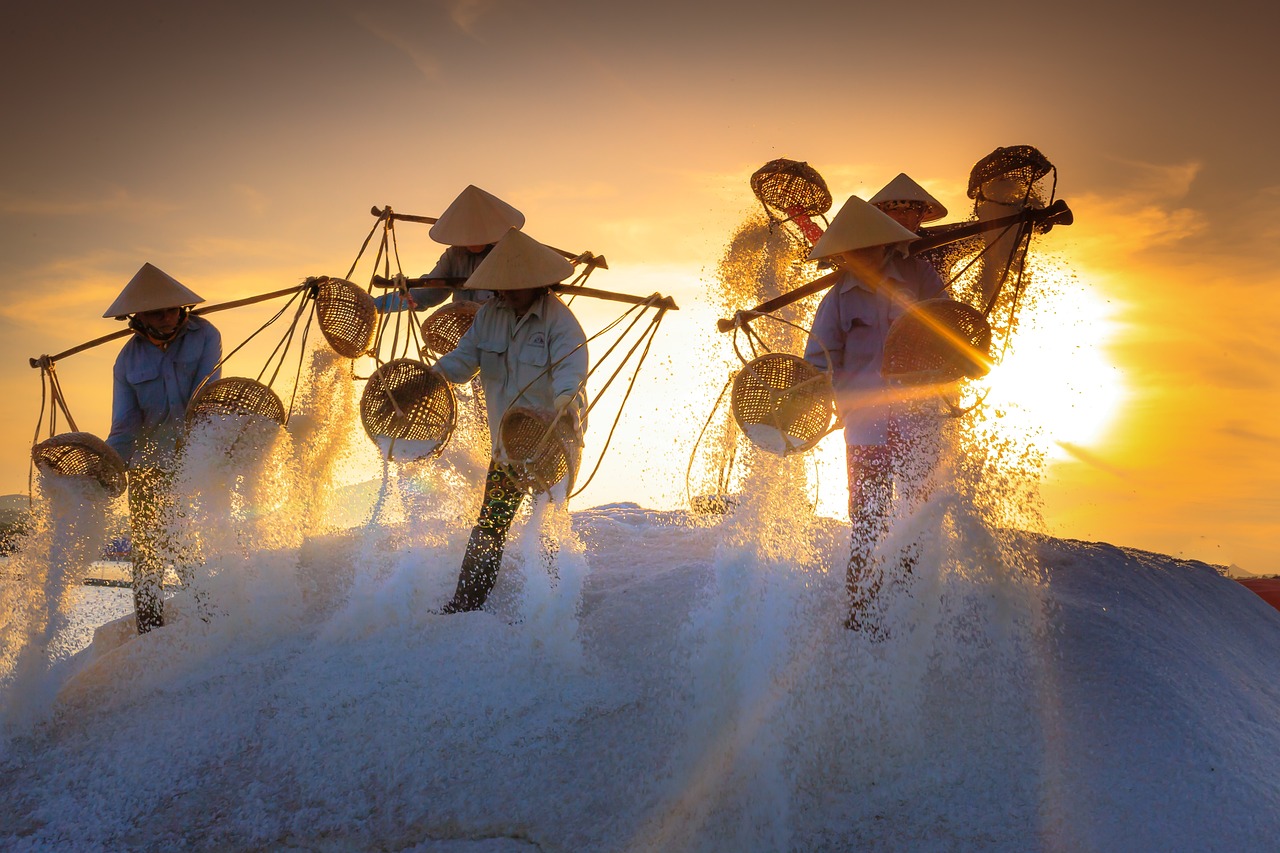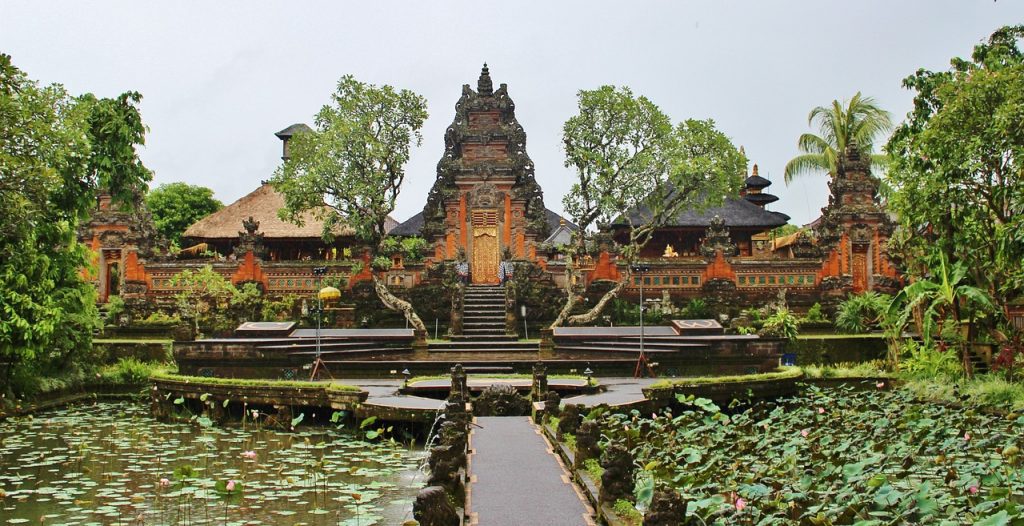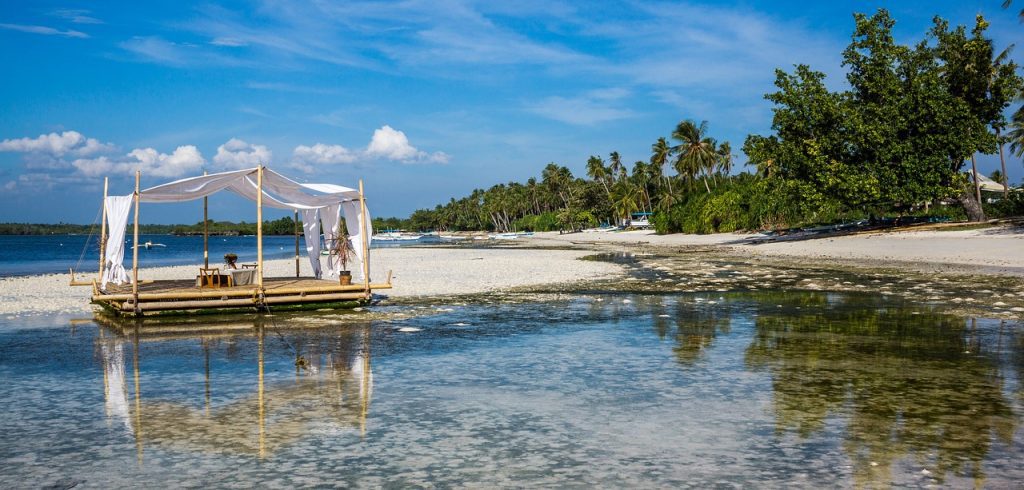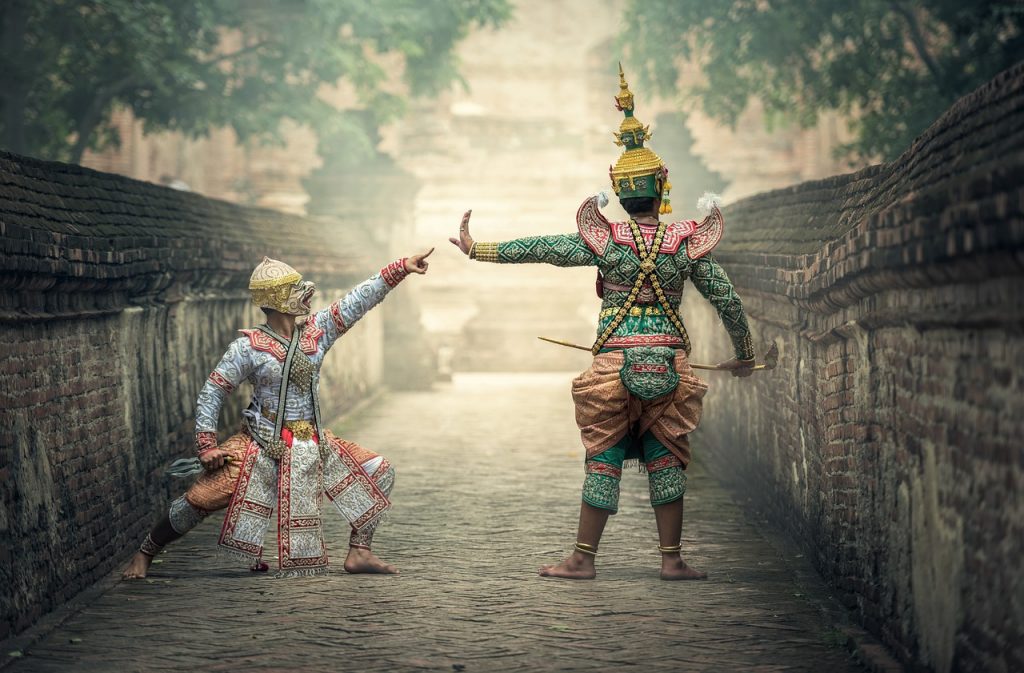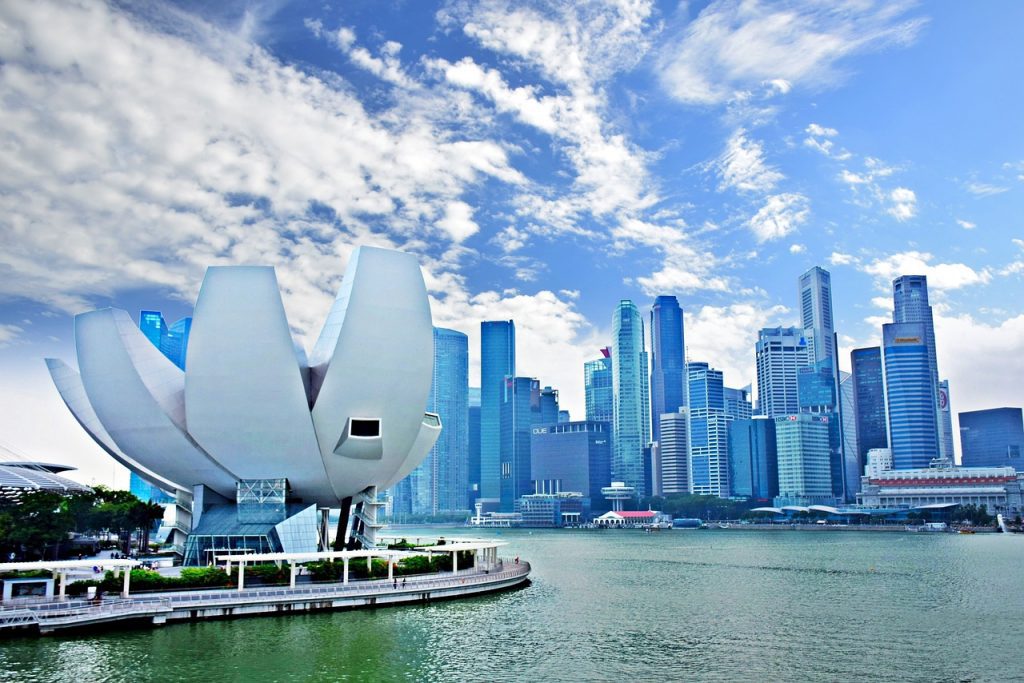Vietnam, renowned for captivating landscapes and rich cultural heritage, offers a tapestry of experiences for travelers. However, determining the best time to visit Vietnam to explore this diverse nation demands attention to details that will affect your decision on when to visit.
Some of the most important factors to consider include the weather, crowds, cultural and wilderness experiences, as well as unique sightseeing opportunities that are tied to the right timing of your visit. The best time to visit Vietnam depends on the factors that are most important to you. Explore below to find your best time to go.
Visiting Vietnam based on the Weather
The country’s climate varies from north to south, creating distinct seasons. The best time to visit Vietnam is during the dry season, which spans from November to April. During this period, temperatures range from 65-85°F (18-30°C), providing pleasant conditions for outdoor activities and sightseeing.
Vietnam has a diverse climate due to its elongated shape and varying geography. The country experiences three main climatic zones: the North, the Central, and the South. Here’s a description of the seasonal weather in Vietnam while highlighting significant factors that can affect travel:
Northern Vietnam:
- Spring (February to April):
- Spring temperatures range from 59°F (15°C) to 77°F (25°C).
- Spring is a great time to visit Northern Vietnam as the weather is mild and comfortable.
- Summer (May to August):
- Summer brings hotter temperatures, ranging from 77°F (25°C) to 95°F (35°C) or higher..
- This period can be quite hot and humid, especially in July and August. The humidity is what often makes most travelers uncomfortable during this season.
- Autumn (September to November):
- Autumn temperatures range from 68°F (20°C) to 86°F (30°C).
- Autumn offers pleasant weather and is a good time for travel.
- Winter (December to January):
- Winter is cooler, with temperatures between 50°F (10°C) and 68°F (20°C).
- Northern Vietnam experiences a mild winter, but it can get chilly in the highlands. Plan for layers if you are venturing up into the highlands.
Central Vietnam:
Central Vietnam generally has a tropical monsoon climate with two distinct seasons. Most people talk about the dry and rainy (wet) season versus the traditional spring, summer, winter and fall seasons. Here is a look at each:
- Dry Season (February to August):
- Dry season temperatures range from 75°F (24°C) to 95°F (35°C).
- This period is characterized by hot and dry weather, making it ideal for beach destinations like Da Nang and Nha Trang.
- The good news is the dry season corresponds with the travel season for most of North America and Europe. The months of February through May are more ideal for combining weather and less crowds.
- Wet Season (September to January):
- Wet season temperatures are similar to the dry season, with some relief from the heat due to rainfall.
- The wet season can bring heavy rainfall and the occasional typhoon, affecting travel plans. However, it also contributes to lush landscapes.
Southern Vietnam:
- Year-Round Warm and Humid Climate:
- Southern Vietnam experiences warm temperatures throughout the year, typically ranging from 77°F (25°C) to 95°F (35°C).
- The south has a tropical climate with high humidity, making it warm and suitable for travel year-round. However, the cooler months will make the humidity more bearable.
- Rainy Season (May to November):
- During the rainy season, southern Vietnam experiences heavy rainfall and occasional flooding, particularly in the Mekong Delta region. This can impact travel plans and outdoor activities.
In summary, Vietnam’s climate varies by region, and travelers should consider the time of year and the specific destinations they plan to visit. Spring and autumn are generally considered the best times for travel, as the weather is more comfortable and stable. However, some regions may have specific weather-related considerations, such as the rainy season in the south or the possibility of typhoons in the central region.
Weather to Avoid:
The rainy season from May to October, especially in the central and southern regions, can bring heavy showers and occasional flooding. While this period may have lower crowds and reduced prices, it’s important to be prepared for wet weather and potential travel disruptions. Unfortunately, this timeframe corresponds with traditional summer travel months in North America and Europe.
Visiting Vietnam based on the Crowds
To avoid crowds and enjoy a more serene atmosphere, consider visiting during the shoulder seasons of November and April, when the weather is still favorable and the crowds are thinner compared to peak tourist months.
It depends on which part of the country you are exploring, but the best time to visit Vietnam is probably during the months of March to May. You should expect good weather and fewer crowds.
Discovering Vietnam’s Cultural Experiences
Engaging with Vietnam’s rich cultural heritage is a highlight of any visit. Participate in local festivals, explore historic sites, and savor the renowned Vietnamese cuisine. Events like the Tet Festival (Lunar New Year), celebrated between late January and early February, offer a unique opportunity to witness traditional customs and vibrant celebrations.
Vietnam is known for its vibrant cultural events that showcase its rich heritage and traditions. Here are 10 of the most iconic annual cultural events that take place across the country:
- Tet Festival (Lunar New Year) – January/February: Tet, the most significant Vietnamese holiday, usually falls in January or February. It marks the Lunar New Year and is celebrated with vibrant decorations, traditional foods, dragon dances, and firecrackers.
- Perfume Pagoda Festival – February/March: The Perfume Pagoda Festival takes place from the 6th day of the 1st lunar month until the end of the 3rd lunar month. Pilgrims visit the Perfume Pagoda to pray for blessings and enjoy a scenic boat trip and hike.
- Hue Festival – April: The biennial Hue Festival, occurring in April, celebrates the cultural heritage of the former imperial city of Hue. It features traditional music, dance performances, and historical reenactments.
- Reunification Day (April 30) and Labor Day (May 1): These two national holidays, observed on April 30and May 1, commemorate the reunification of North and South Vietnam and honor workers’ contributions.
- Mid-Autumn Festival – September/October: Celebrated on the 15th day of the 8th lunar month, the Mid-Autumn Festival features vibrant lantern displays, lion dances, and mooncake sharing.
- Hoi An Lantern Festival – 14th day of each lunar month: On the 14th day of each lunar month, Hoi An transforms into a magical spectacle as colorful lanterns light up the town’s streets, creating an enchanting atmosphere.
- Ooc Om Bok Festival – October/November: The Ooc Om Bok Festival, celebrated in the 10th month of the lunar calendar, is a Khmer festival in the Mekong Delta region. It includes traditional dances, boat races, and offerings to the Moon.
- Vietnam National Day (September 2): Vietnam’s National Day, observed on September 2, commemorates the declaration of independence from French colonial rule. Festivities include parades and cultural performances.
- Hung Kings’ Temple Festival – March/April: Held in the 10th day of the 3rd lunar month, this festival pays homage to Vietnam’s legendary Hung Kings. It includes processions, traditional games, and ancestral worship.
- Da Nang International Fireworks Festival – April/May: The Da Nang International Fireworks Festival, taking place from April to June, features impressive fireworks displays by international teams, lighting up the night skies of Da Nang.
These iconic cultural events offer a glimpse into Vietnam’s diverse and rich cultural heritage. If you’re planning a visit to Vietnam, considering aligning your travel dates with these extraordinary festivals will allow you to experience the country’s traditions and celebrations firsthand.
Exploring Vietnam’s Wilderness & Nature Experiences
For wilderness and nature enthusiasts, the dry season from November to April is ideal. Explore the stunning landscapes of Ha Long Bay, trek through the terraced rice fields of Sapa, and journey into the lush Mekong Delta.
Sightseeing Activities
- Bai Dinh Pagoda Festival (January/February): Visit the Bai Dinh Pagoda during the Lunar New Year to witness the annual festival, where pilgrims gather to pray for blessings.
- Cherry Blossom Season in Moc Chau (January/February): The Moc Chau plateau in the north blooms with cherry blossoms during these months, creating a stunning sight reminiscent of Japanese cherry blossom viewing.
- Beach Destinations: For beach vacations, the central and southern regions are best visited from November to April when the weather is warm and sunny.
- Cruising Ha Long Bay: The dry season from November to April offers the clearest skies and calm waters for cruising in Ha Long Bay.
- Dien Bien Phu Festival (March): Held in March, this festival commemorates the Dien Bien Phu victory and includes cultural performances and historical reenactments.
In conclusion, the best time to visit Vietnam will first be determined by identifying your personal preference for visiting. Whether you’re intrigued by cultural festivals, outdoor adventures, or the country’s historic landmarks, Vietnam offers an array of possibilities throughout the year.
By evaluating these factors, you’ll be well-equipped to embark on a memorable Vietnamese journey tailored to your desires and the country’s offerings. The good news is there is something culturally happening throughout the year making it easy to find authentic cultural experiences.
Photo Credits:
Image by Quang Nguyen vinh from Pixabay

